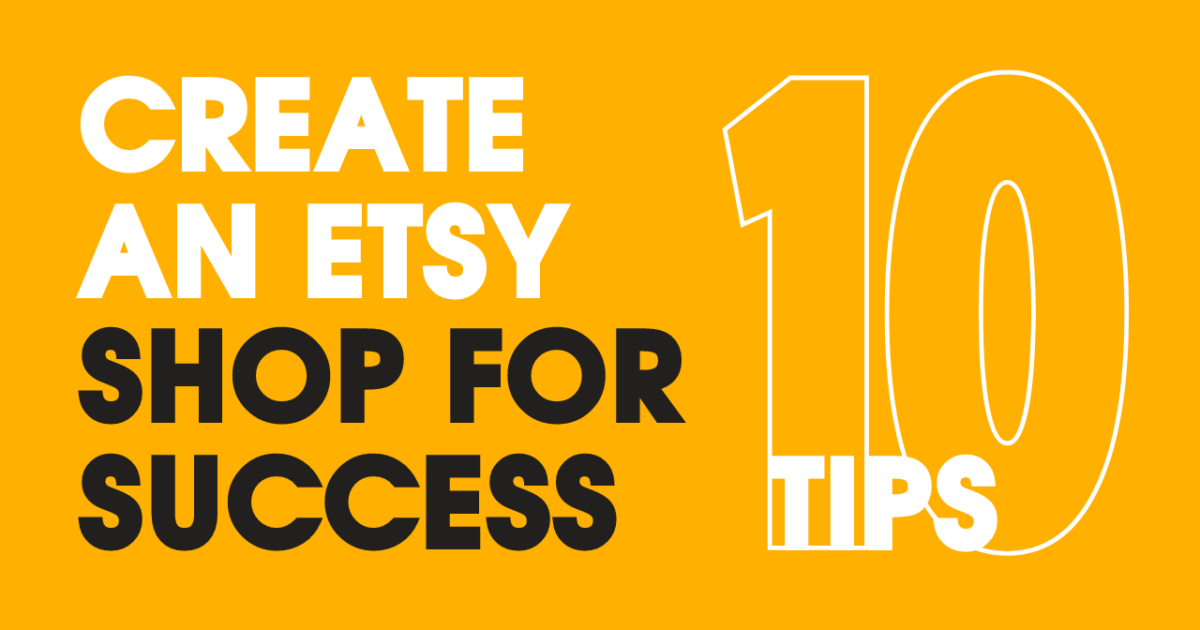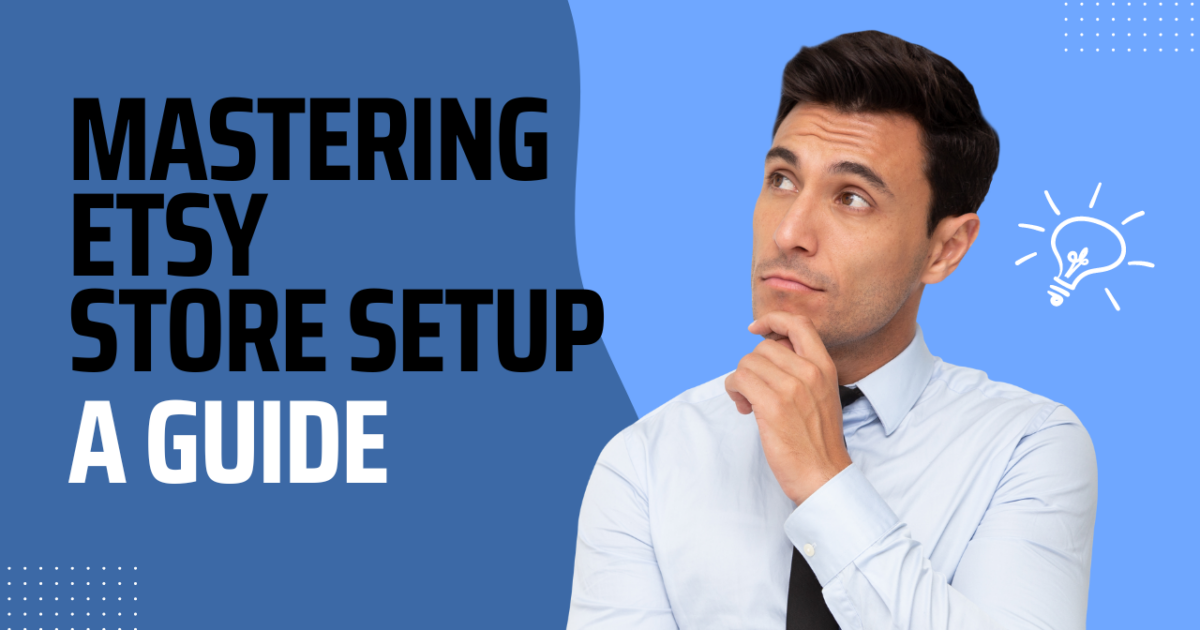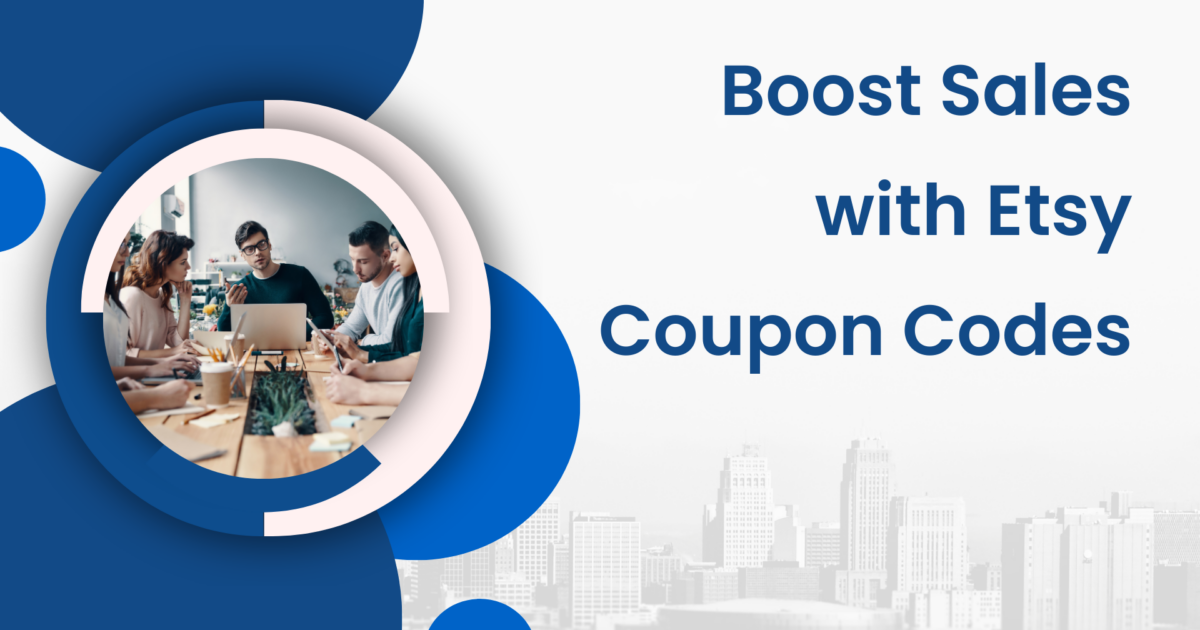Mastering Etsy Seller Fees: A Complete Guide for Online Entrepreneurs
Understanding Etsy Seller Fees

Selling on Etsy can be a rewarding venture for online entrepreneurs, but it's important to understand the fees associated with being an Etsy seller. Navigating the world of Etsy seller fees is crucial for effectively managing your costs and maximizing your profits.
When it comes to selling on Etsy, there are various fees you need to be aware of. These fees include listing fees, transaction fees, payment processing fees, and currency conversion fees. Each fee serves a specific purpose in facilitating the smooth operation of the platform and providing valuable services to sellers.
Listing fees are charged when you create a new listing on Etsy. They help cover the cost of promoting your products within the marketplace. Transaction fees are applied when you make a sale on Etsy, and they contribute to the maintenance and development of the platform. Payment processing fees are incurred when you receive payments from buyers through Etsy's payment system. Lastly, currency conversion fees come into play if you sell internationally and need to convert currencies.
Understanding these different types of fees is essential for budgeting and pricing your products effectively. By factoring in these costs, you can ensure that your pricing strategy aligns with your desired profit margins while remaining competitive in the market.
As an online entrepreneur, it's crucial to manage your expenses efficiently. In the next sections, we will delve deeper into each type of fee and provide practical tips on minimizing selling costs on Etsy without compromising on quality or customer experience.
Overview of Etsy Fees
What are Etsy seller fees?
As an Etsy seller, it's important to have a clear understanding of the different fees associated with selling on the platform. Etsy charges several types of fees to cover the costs of maintaining and improving their marketplace.
The main fees you'll encounter as an Etsy seller include listing fees, transaction fees, payment processing fees, and currency conversion fees. Listing fees are charged for each item you list on Etsy, regardless of whether it sells or not. These fees help cover the cost of promoting your products within the marketplace and ensuring they reach potential buyers.
Transaction fees are applied when you make a sale on Etsy. They are calculated based on a percentage of the total sale price, including shipping costs. These fees contribute to the ongoing development and maintenance of the platform, allowing Etsy to provide valuable services to both sellers and buyers.
Payment processing fees come into play when you receive payments from buyers through Etsy's payment system. These fees vary depending on your location and the currency used in the transaction. If you sell internationally and need to convert currencies, there may be additional currency conversion fees involved.
How do Etsy fees impact your business?
Understanding how Etsy fees impact your business is crucial for successful selling. These fees directly affect your profitability and should be factored into your pricing strategy. It's important to consider these costs when setting prices for your products to ensure that you're covering expenses while still making a profit.
By incorporating Etsy seller fees into your pricing strategy, you can maintain competitiveness in the market while maximizing your earnings. It's essential to strike a balance between offering competitive prices and accounting for the costs associated with selling on Etsy.
To effectively manage these expenses, consider conducting regular reviews of your pricing strategy and adjusting as needed. By staying informed about fee updates and changes, you can adapt your selling approach accordingly and optimize your profitability as an Etsy seller.
Different Types of Etsy Fees
Listing fees
Listing fees are an essential component of selling on Etsy. When you create a new listing for your product, Etsy charges a fee to cover the cost of promoting your items within the marketplace. It's important to understand how listing fees work and how you can optimize your listings to minimize these costs.
Listing fees are incurred regardless of whether your item sells or not. They help ensure that your products receive visibility and reach potential buyers on Etsy. The fee amount varies depending on factors such as the listing duration, category, and promotional features you choose to include.
To minimize listing fees, consider optimizing your listings by using relevant keywords in your titles and descriptions. This will improve the visibility of your products in search results, increasing the chances of attracting potential buyers without having to rely heavily on paid promotions.
Additionally, regularly reviewing and updating your listings can help keep them fresh and appealing to customers. By providing accurate and detailed information, high-quality images, and competitive pricing, you can increase the likelihood of making sales while maximizing the value you get from each listing fee.
Transaction fees
Transaction fees are another type of fee that sellers encounter when making a sale on Etsy. These fees are calculated based on a percentage of the total sale price, including shipping costs. While transaction fees contribute to maintaining and improving the platform, they can impact your overall profitability as an Etsy seller.
To reduce transaction fees, it's important to consider strategies that optimize your sales process while keeping costs in check. One effective approach is bundling multiple items into one transaction whenever possible. This reduces the number of individual transactions and subsequently lowers the total transaction fees incurred.
Another strategy is offering free shipping or incorporating shipping costs into the item price. By doing so, you can avoid paying additional transaction fees on shipping charges since they are included in the overall sale price.
Regularly evaluating your pricing structure and considering different shipping options can also help minimize transaction fees while remaining competitive in the market.
Tips to Minimize Selling Fees on Etsy
Optimizing your listings
Optimizing your listings is a key strategy to increase visibility and sales while minimizing fees on Etsy. By following these best practices, you can improve the effectiveness of your listings and attract more potential buyers:
- Use relevant keywords: Incorporate keywords that accurately describe your products in your titles, tags, and descriptions. This will help your listings appear in relevant search results and increase their visibility.
- Write compelling descriptions: Craft detailed and engaging descriptions that highlight the unique features and benefits of your products. Provide accurate measurements, materials used, and any customization options available.
- High-quality images: Use high-resolution images that showcase your products from different angles. Clear and visually appealing photos can significantly impact a buyer's decision-making process.
- Competitive pricing: Research similar products on Etsy to ensure that your prices are competitive within your niche. Consider factors such as production costs, time invested, and market demand when setting prices.
Streamlining your operations
Efficient order management and fulfillment processes can help reduce costs associated with shipping and packaging, ultimately minimizing selling fees on Etsy. Here are some tips to streamline your operations:
- Batch processing orders: Instead of fulfilling orders individually, consider batching them together for more efficient processing. This approach allows you to save time on packaging, labeling, and printing shipping labels.
- Invest in shipping supplies: Purchase shipping supplies in bulk to take advantage of cost savings. Buying items such as boxes, bubble mailers, or padded envelopes in larger quantities can help reduce per-unit costs over time.
- Explore shipping options: Compare different shipping carriers to find the most cost-effective options for your business needs. Consider factors like delivery speed, tracking services offered, and pricing structures when making a decision.
- Optimize packaging: Use appropriate packaging materials that protect your products during transit without adding unnecessary weight or size to the package. This helps minimize dimensional weight charges imposed by some carriers.
By implementing these tips into your Etsy selling strategy, you can enhance efficiency while reducing expenses associated with order management and fulfillment.
Comparing Etsy Fees with Other Platforms
Etsy vs. other e-commerce platforms
When considering where to sell your products online, it's important to compare the fee structures of different platforms. Let's take a look at how Etsy's fees stack up against those of other popular e-commerce platforms:
- Etsy: Etsy charges various fees, including listing fees, transaction fees, payment processing fees, and currency conversion fees. While these fees contribute to the overall cost of selling on Etsy, the platform offers a unique marketplace specifically tailored for handmade and vintage items. It provides a built-in customer base and a community of like-minded sellers.
- Amazon: Amazon has a different fee structure compared to Etsy. They charge referral fees based on the category and price of your products, as well as additional fulfillment and storage fees if you use their FBA (Fulfillment by Amazon) service. While Amazon offers a massive customer base and extensive fulfillment options, it may be more suitable for mass-produced or branded products rather than handmade or unique items.
- eBay: eBay also operates on a different fee structure from Etsy. They charge insertion fees for listing items and final value fees based on the sale price of your products. eBay is known for its auction-style listings and broader range of product categories, making it suitable for both new and used items.
Choosing the right platform for your business
When deciding where to sell your products, it's essential to consider various factors beyond just fee structures:
- Target audience: Understand the demographics and preferences of each platform's user base to determine which aligns best with your target audience.
- Product type: Consider whether your products are handmade, vintage, mass-produced, or unique in nature. Some platforms cater specifically to certain types of products.
- Branding opportunities: Evaluate how each platform allows you to showcase your brand identity through customizable storefronts or seller profiles.
- Seller support: Research the level of customer support provided by each platform in case you encounter any issues or need assistance.
By carefully assessing these factors alongside fee structures, you can make an informed decision about which platform is most suitable for your business needs.
Debunking Common Misconceptions about Etsy Seller Fees
Misconception 1: Etsy fees are too high
One common misconception among sellers is that Etsy fees are excessively high. However, it's important to understand the value provided by Etsy's fee structure. Here are some key points to debunk this myth:
- Targeted audience: Etsy has a dedicated community of buyers who specifically visit the platform in search of unique and handmade items. The fees contribute to maintaining this targeted audience and providing exposure for your products.
- Marketing and promotion: Etsy invests in marketing efforts to drive traffic to the platform, increasing the visibility of your listings. The fees help cover these promotional activities, ensuring that potential buyers can discover your products more easily.
- Platform maintenance and development: The fees charged by Etsy go towards maintaining a secure and user-friendly platform. Regular updates, improvements, and customer support services are essential for a smooth selling experience.
Misconception 2: Etsy fees are unfair
Another misconception is that Etsy's fee system is unfair. However, it's important to consider the benefits provided by the platform in return for these fees. Here's why:
- Built-in customer base: Selling on Etsy gives you access to a large customer base actively seeking unique products. This built-in audience saves you time and effort in finding potential buyers independently.
- Seller tools and resources: Etsy provides various tools and resources to help sellers optimize their listings, manage orders efficiently, and track performance metrics. These resources contribute to streamlining your business operations.
- Trustworthiness and credibility: Being part of the Etsy marketplace lends credibility to your brand as customers trust the platform for its quality control measures and buyer protection policies.
By understanding the value proposition behind Etsy's fee structure, sellers can appreciate how these fees contribute to their success on the platform.
Mastering Etsy Seller Fees
Effectively managing and minimizing Etsy seller fees is crucial for maximizing your profitability as an Etsy seller. By implementing the following strategies, you can navigate the fee structure and optimize your selling approach:
- Regularly review and optimize your listings: Continuously assess your listings to ensure they are optimized with relevant keywords, compelling descriptions, and high-quality images. This will increase visibility, attract more buyers, and potentially reduce the need for paid promotions.
- Streamline your operations: Focus on efficient order management and fulfillment processes to minimize costs associated with shipping and packaging. Batch processing orders, investing in bulk shipping supplies, and exploring cost-effective shipping options can help reduce expenses.
- Compare fee structures on different platforms: Consider the fees charged by other e-commerce platforms to determine which one aligns best with your business needs. Evaluate factors such as target audience, product type, branding opportunities, and seller support when making a decision.
- Stay informed about fee updates: Keep yourself updated on any changes or updates to Etsy's fee structure. This will allow you to adapt your selling approach accordingly and make informed decisions about pricing and budgeting.
By mastering Etsy seller fees, you can optimize your profitability while leveraging the unique benefits offered by the platform. Remember that understanding the value provided by these fees is essential for successful selling on Etsy.





